Botox for Bruxism

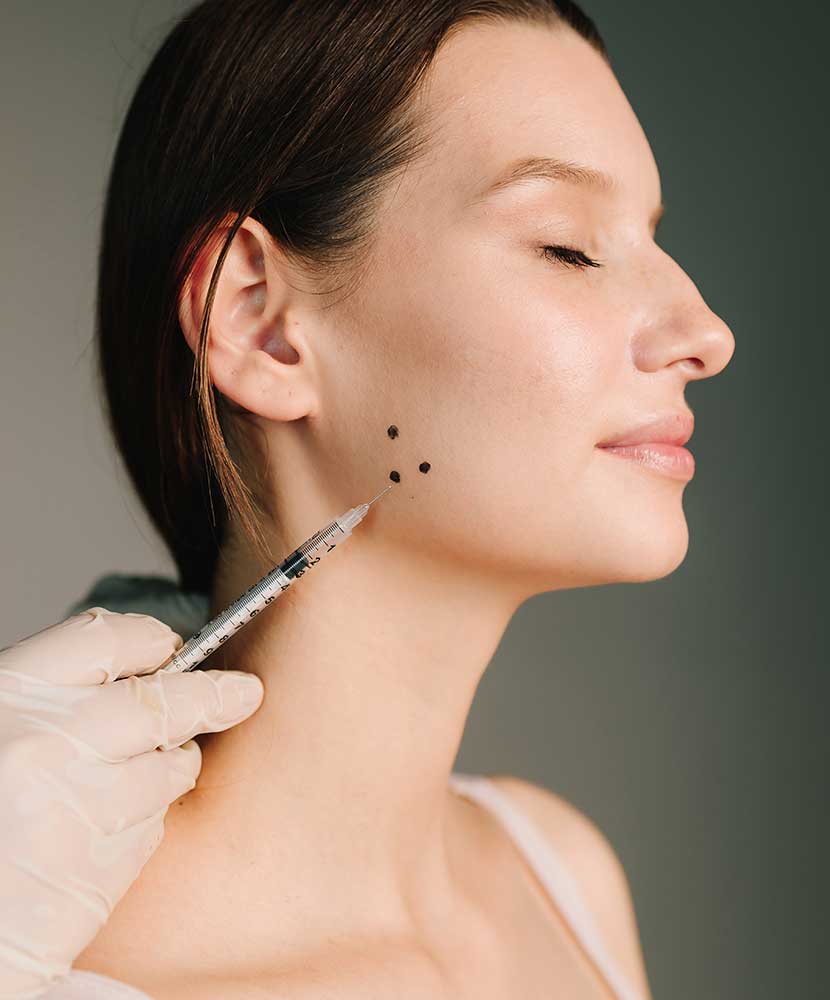
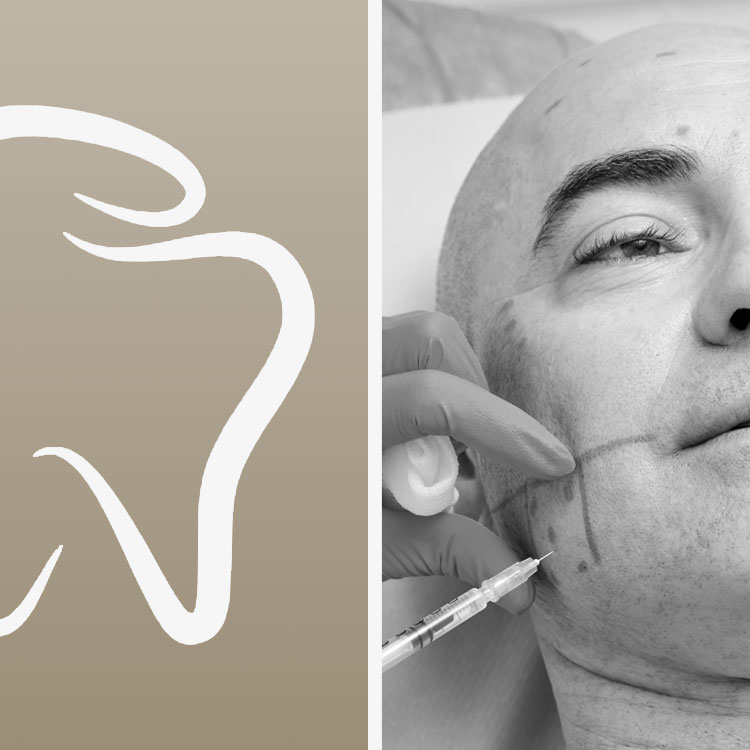

What Is Bruxism and Why Does It Occur?
How Does Botox Help in the Treatment of Bruxism?
Benefits of Using Botox for Teeth Grinding
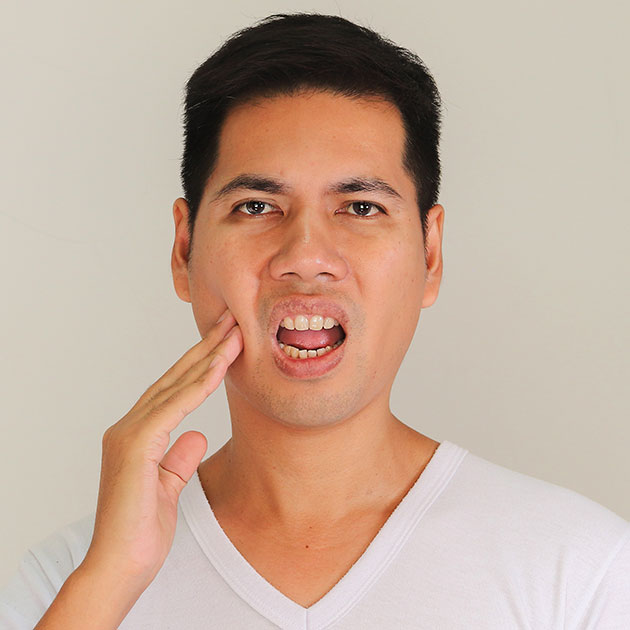
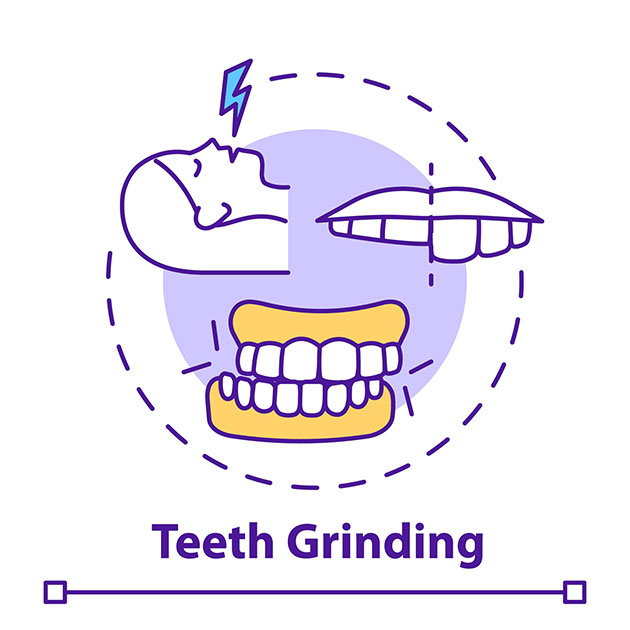
What to Expect During a Botox Treatment for Bruxism
Ideal Candidates for Botox Treatment for Bruxism
- Patients suffering from moderate to severe bruxism.
- Patients experiencing symptoms such as persistent jaw pain, facial tension, frequent headaches, or progressive dental wear.
- Patients who have tried night guards without success.
- People with bruxism induced by stress or anxiety.
- People with jaw stiffness upon waking, joint noises, or facial fatigue.
- Patients with contraindications to certain invasive dental treatments.
- People who do not wish to resort to surgical procedures.
Botox vs. Other Treatments for Bruxism
Cost of Botox Treatment for Bruxism at Aria Smile Design
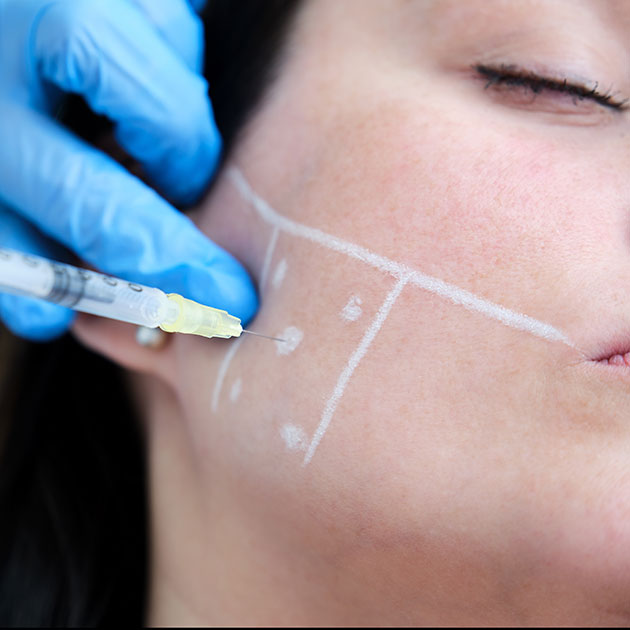
Top Reasons to Choose Us for Your Botox Treatment for Bruxism in Miami
At our clinic, we always offer the most modern approaches, and Botox treatment for bruxism is no exception. We have the best specialists, capable of helping you find a solution for teeth grinding. Other reasons to choose us include:
- Personalized clinical evaluations.
- Treatment plans tailored to each person’s symptoms, needs, and lifestyle.
- Natural and functional results thanks to our cutting-edge technology.
- Minimal recovery time.
- Flexible schedules and appointments.
- Affordable financing and payment plans.
Another determining factor has to do with communication. Our friendly team will accompany you throughout the process, explaining each step of the procedure, the estimated cost, the expected effects, and the aftercare instructions.
Book Your Botox Consultation at Aria Smile Design Today
Frequently Asked Questions
Of course—this is one of the most important questions you can ask yourself before deciding whether Botox treatment for bruxism is the solution you’ve been looking for. And the answer, based on scientific evidence and years of clinical application, is yes; botulinum toxin type A is a safe method to treat teeth grinding, especially when administered by a qualified professional, like those on our clinic’s team.
According to the U.S. Food and Drug Administration (FDA), this product has been approved for multiple medical uses, including muscle spasms, chronic migraines, and certain neuromuscular conditions such as cervical dystonia. It is important to add that although its specific application to treat bruxism is not yet among the FDA’s original indications, numerous studies have shown that it is an effective and safe procedure.
In most cases, the first effects of Botox begin to be noticed between three and seven days after the application. The most significant benefits, for example, are reached during the first two to four weeks, when patients typically report greater relief, a notable reduction in grinding, and better nighttime rest.
Considering each person’s physical condition (metabolism, muscle strength, and response to treatment), the duration of Botox effects can vary from three to six months, so to enjoy its results, it is recommended to establish a personalized maintenance schedule. Such a calendar may include new sessions every four or five months to achieve greater stability.
Generally, Botox for strictly cosmetic purposes is not usually covered by insurance. However, when it is used for therapeutic purposes, there is a possibility that your policy may partially or fully cover the treatment, depending on the specifics of your plan.
It’s important to understand that the definitive answer to this question depends on your medical or dental insurance provider, because Botox for treating bruxism is considered an “off-label” application, which means that although the FDA recognizes it for other medical uses, it still does not have specific approval for teeth grinding.
It is also relevant to mention that, at our clinic, we currently do not work with any private insurance providers, although we do offer competitive payment plans and financing options with CareCredit and Cherry.
The number of Botox units needed to treat bruxism varies by patient, the degree of deterioration of their jaw muscles, and the level of progression of the condition. In general terms, most Botox treatments for bruxism require between 20 and 30 units per side, that is, between 40 and 60 units in total for both masseter muscles.
The advantages of choosing a dentist for your Botox treatment for bruxism are many, and below we mention the most relevant ones:
- In-depth knowledge of orofacial anatomy.
- Medical training and specialized licenses.
- Clinical precision in identifying injection points.
- Complete functional evaluation.
- Ability to integrate Botox with other dental treatments.
- Treatment focused on the root cause of the problem.
- Greater experience in treating conditions related to chewing, speech, and nighttime rest.
- Ability to respond to any adverse reaction.
- Professional follow-up and personalized care throughout the treatment and recovery phase.
These benefits are broad and are related, among other factors, to the extensive anatomical experience, functional precision, and comprehensive therapeutic approach that a dentist can provide. At our clinic, we have highly talented specialists, capable of performing the procedure in a safe medical environment, with updated protocols and high-comfort facilities.
Yes, at our clinic, we offer applications of botulinum toxin Type A that go beyond therapeutic use and fall into the aesthetic field. Our goal is to guarantee you complementary services that can help you improve both the harmony of your face and the functionality of your smile.
Our specialists are trained to apply Botox in strategic areas of the face, helping to reduce expression lines and smooth dynamic wrinkles, such as those that form on the forehead or between the eyebrows. We also perform dermal fillers for lips, ideal for you if, in addition to correcting teeth grinding, you want to increase lip volume, define contours, and improve facial symmetry.
One of the most positive aspects of using Botox to treat the symptoms and causes of bruxism is precisely that it begins to act quickly and offers progressive results. After the first session, you will begin to feel the initial effects from the third or fourth day, as the muscles gradually relax.
During these days, you will also experience a reduction in the sensation of pressure or stiffness in the jaw, and greater ease in opening and closing your mouth without discomfort. Finally, the most noticeable relief may arrive between the first and second week after treatment, which significantly reduces the involuntary activity that causes grinding and clenching.
Yes, it is possible to eat and speak normally after Botox treatment, although it is advisable to avoid hard foods for the first 24 to 48 hours, to allow the muscles to adapt to the impact of the product gradually. It is also advisable not to massage or press the treated area to prevent the product from shifting.
As for speech, this is a function that can sometimes be affected by the most severe cases of bruxism, so in general, after the procedure, you may notice greater comfort when speaking and laughing, as the reduction in jaw tension eliminates discomfort or blockages that previously went unnoticed.
No, Botox does not constitute a permanent cure for bruxism, although it is one of the most effective, fast, and safe solutions to control it. Thanks to its use, many patients experience a progressive reduction in the intensity of teeth grinding. To maintain long-term effects, it is necessary to follow a reapplication schedule approximately every six months.
Generally, Botox injections for bruxism do not cause pain, only slight discomfort at the time of application. Patients usually describe this sensation as a light prick or brief pressure, similar to that of a vaccine. At our clinic, we also use ultra-fine needles as well as local anesthetic creams to make the procedure much more comfortable.
